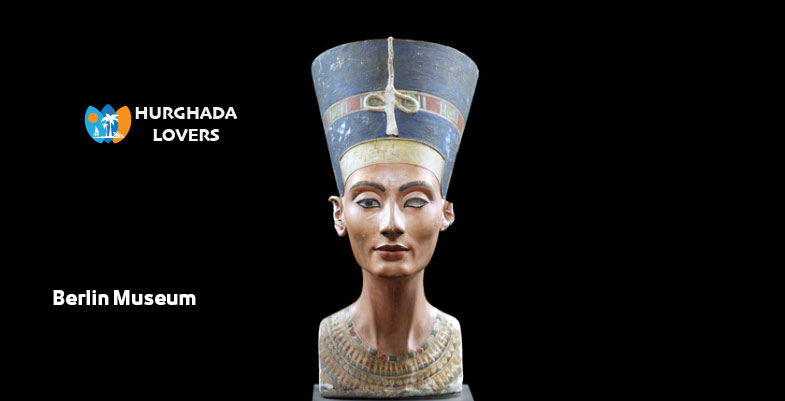Berlin Museum Egyptian Collection in Germany l Facts Egyptian pharaonic Antiquities, artifacts, Papyrus, mummies, artifacts, How many Egyptian artifacts are in the Berlin Museum and more…
Discover the most important pharaonic relics and collectibles in the hall, the ancient Egyptian antiquities of the civilization of Egypt, historical facts that you did not know before, and more.
It is a museum of Egyptian origins located in the German city of Berlin, as it contains the most important and famous of those archaeological collections in the whole world that talk about ancient Egypt.
Hurghada lovers Offer Luxury Hurghada to Pyramids Tours | El Gouna to Pyramids Tours | Makadi bay to Pyramids Tours | Sahl Hasheesh to Pyramids Tours | Soma bay to Pyramids Tours .
Berlin Museum
● This museum begins with the existence of a large archaeological collection belonging to the possessions of these Prussian kings, among whom was the famous king in that era by the name of Alexander von Humboldt.
● That king who was in his era had ordered to start creating the part of a group of Egyptian antiquities, and at that time the first artifact had already been brought to the Egyptian Museum residing in Berlin and that happened in 1828, and at that time it was the rule of the famous king by the name of Frederick William III.
Statue of Queen Nefertiti
So far, the most famous Egyptian artifact inside that museum was the statue of Queen Nefertiti.
The entire collection was transferred from the city of Carlton Tower to the Archaeological Museum in the city of Altes and this happened in 2005.
The establishment and construction of that museum
● The museum was established and built during the eighteenth century from such a large collection of professional or royal art products that were only acquired by the Hohenzollern kings in Russia.
● Also, King Alexander von Humboldt recommended the workers and officials at that time to start establishing the Tal section to be concluded with Egyptian archaeological elements.
● Therefore, all those important things or elementary things were brought to the heart of Berlin and a museum, and this happened precisely in the year 1828.
● This was happening under the rule of King Frederick William III in Russia.
● But after the end of World War II and after all that the museum was exposed to during that period of a wide range of severe damages due to the occurrence of a major strategic bombing.
● The museum and the archaeological collections in it were then divided between East Berlin and West Berlin as well.
● Also, the main part of the museum remained for you in East Berlin, and then after that all the museum’s holdings were displayed in the Bode Museum.
● While all those valuable artifacts that had already been evacuated at that time to West Germany, and at that time the Nefertiti bust, had since returned to West Berlin.
Museum relics
● In fact, the archaeological collection in the museum contains a large collection of the most important artifacts that date back to AD, almost 4000 years ago, BC, which is the era that was called (the pre-dynastic era).
● Some of these artifacts also date back to the periods of Roman rule in Egypt, of course, despite the fact that the majority of those artifacts in the museum date back to the rule of the Pharaonic king Akhenaten, meaning that they are from (approximately 1340 BC).
The most famous artifact in the Berlin Museum
Also, the most famous artifact displayed in that museum is a colored bust of Queen Nefertiti, and it is an exceptionally well-preserved statue so far.

